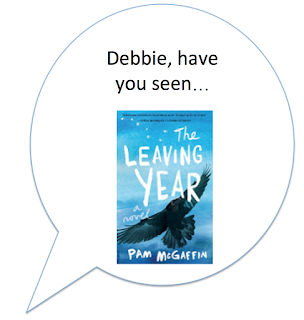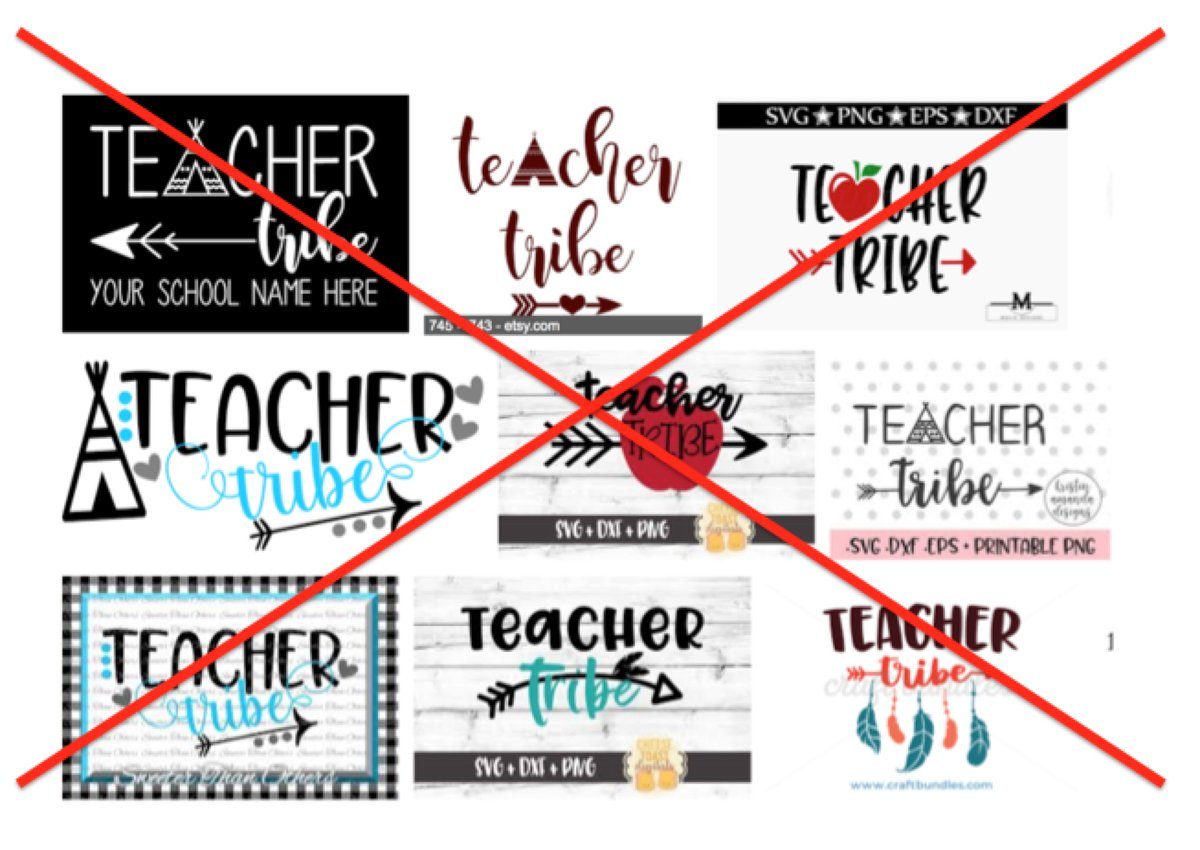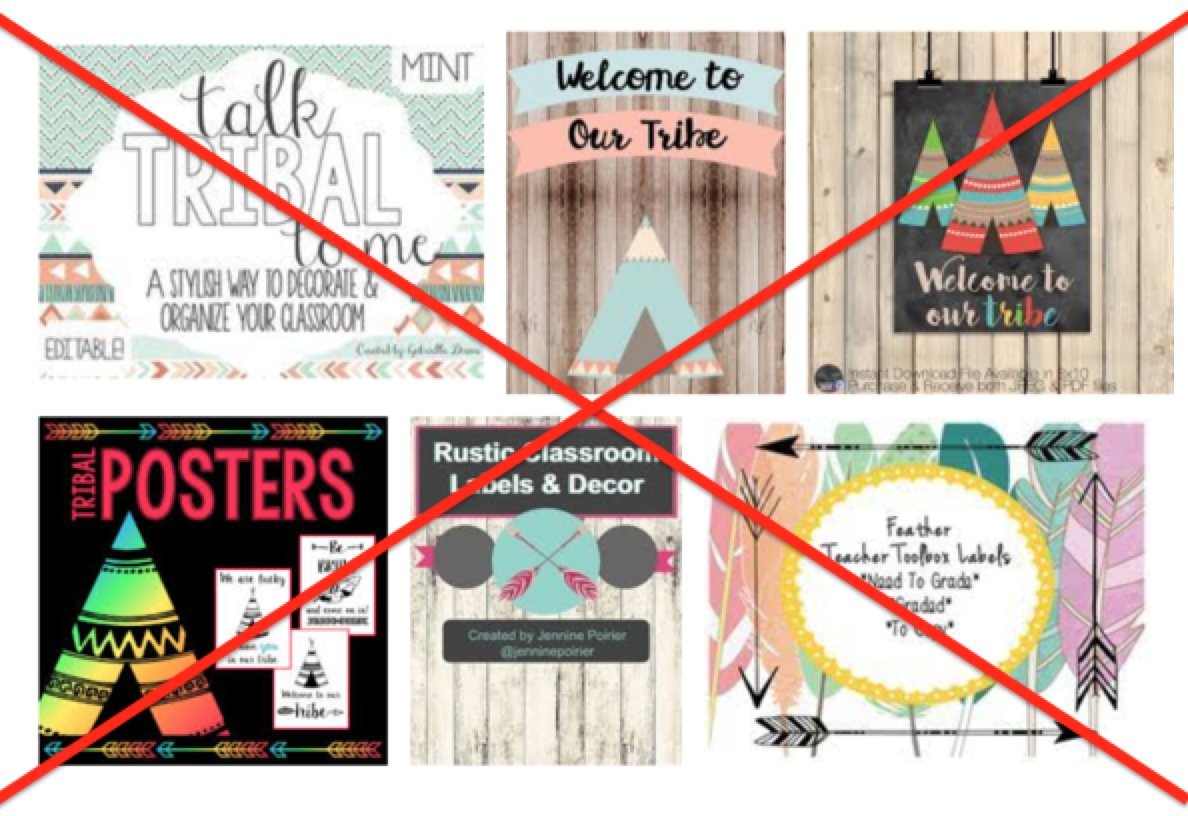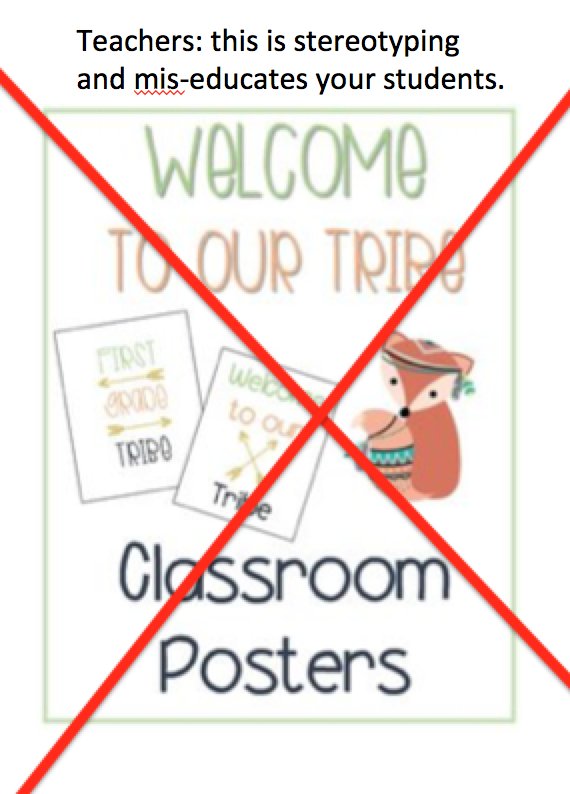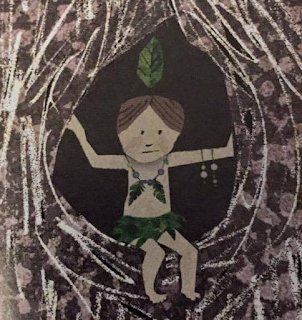That 2014 exchange was--and is--one of the more frustrating experiences I've had. I stuck with it, though, because I believed it was useful to writers who were creating Native content.
On Monday, Sep 24 2018, Sam Jonson submitted a comment to the 2014 post. I turned his comment into a blog post about LeRoy Appleton's American Indian Design and Decoration. Sam began with a reference to Beverly Slapin's comment in the thread, shared an excerpt from a book that drew from Appleton's book, and closed with a reference to White writers who characterize criticism as an angry vitriolic call-out culture. Sam wrote:
Oh, and about that author Beverly mentioned...was her name, by any chance, Claudia Zaslavsky? Because she was a ethnomathematician, and she wrote a book called Multicultural Math, and on page 204 of that book, she wrote:
Multiple perspectives on customs, practices, and worldview
First I'll tell you about a mistake I made through ignorance. In my activities book Math Comes Alive (1987) I had a lesson on symmetry in the masks of several cultures. To show lack of symmetry, I included an asymmetrical "false face" mask of the Haudenosaunee (Iroquois), copied from the Dover publication American Indian Design and Decoration, by LeRoy Appleton. At the time I did not realize that this mask was considered sacred. Some time later I had occasion to correspond with the Board of Education at the Akwesasne Mohawk School District in northern New York and southern Ontario.(The Mohawks are one of the six nations of the Iroquois Confederacy.) To ascertain that this use of the mask was not offensive, I sent a copy of the lesson to the Board's office. The reply confirmed my worst fears. Fortunately my book was due to undergo a major revision, and this lesson on masks was withdrawn from the new edition, Multicultural Mathematics: Interdisciplinary Cooperative-Learning Activities (1993a).
So, Beverly, I don't know if you corresponded with Zaslavsky or not, but if you did, it seems you mixed up a couple books and/or authors. At least she listened and revised her book. Let's hope Parry eventually does the same. I think her main problem is that she doesn't know any Kwakiutl, Makah, or Quinault who are as vociferous in their objections to the book as she has been in her defense of it (you know, of the kind some whiny white authors love to call "angry vitriolic call-out culture").
Parry replied:
Thanks for chiming in Sam. Just to be clear I'm not calling anyone here angry or vitriolic. Debbie has makes a strong case and argues it vigorously. Though I disagree with her on some of the particulars I don't have any wish to silence or disrespect her. The Quinault and Makah are well aware of this book and this conversation. They are media savvy and have historians and cultural experts of their own. I listened to them in the making of the book and made amendments where they had concerns. I am still listening, should objections arise over time. To date, nobody from either tribe has weighed in with a public request for a change to the text or communicated with me privately. Should they do so I'd be glad to revisit those passages. Random House has been supportive of the concerns of the Quinault and Makah from the start and will gladly amend the text when it comes up for reprint. One of the things that Debbie has consistently advocated for is the recognition that American Indians are not a monolith and that each tribe must speak for themselves on matters of their own culture. So Debbie has given me much to think about and much that I consider in future writing; however, the final say for Written in Stone belongs not with her but with the Quinault and Makah themselves.
There's a lot to respond to there! As written, she suggests that the Quinault and Makah know about her book, my critique, and they're saying nothing. Which means... her book is fine?
I have, as Parry notes, consistently advocated for recognition that we are not a monolith. I have also suggested that writers who are creating Native content do research before writing their book, and that they ought to visit a tribal nation's website as a starting place for that research. Some nations have protocols on their sites, with instructions for writers.
I've having trouble understanding Parry's next words: "each tribe must speak for themselves on matters of their own culture" and that until the Makah or the Quinault nation say 'no' to her book, then we can assume that what she has written in Written In Stone is fine. My criticism of the book, according to her, is therefore, irrelevant.
It seems to me that Parry thinks that criticism from anyone not of a particular nation can be ignored. Do you read that line that way, too? I imagine that, in some places, people--Parry, perhaps--are creating a parallel between #OwnVoices in the writing of children's and young adult books, and #OwnVoices as critics of those books. That, perhaps, there's a mentality out there that goes something like this: "Those people and their #OwnVoices movement. We'll show them. If they're gonna insist on THAT, we can insist on #OwnVoices critics, too."
This all reminds me of efforts to validate mascots like "chief illiniwek." Fans of that stereotypical mascot tried for years and years to say it honors the Indigenous people who used to live in what is currently called Illinois. More than once they decided they'd visit the Peoria Nation for their endorsement. Other Native people, they argued, had no say in the matter. More than once, however, the Peoria Nation told the 'chief illiniwek' fans that the mascot is stereotypical and they do not endorse it. Most recently, two members of the university's Board of Trustees went down there for an endorsement and again, were told no.
Because she does not offer it, I assume that Parry has not gone to either nation's tribal council or the office with authority to speak about her book to get their endorsement. So she asks people to assume that her book is fine. Until they say no to it, then, does she want us to ignore criticism of it? Isn't that... morally bankrupt?
In my reply to Rosanne's comment yesterday, I asked if the Makah or Quinault museum stores carry her book. I also got in touch with Janine Ledford, Executive Director of the Makah Cultural and Research Center, where Parry went to do some of her research for the book. Ms. Ledford wrote back to say that they do not sell her book.
Will Parry dismiss it because it is a private communication to me? Given all that she's said to me in the past, I think that is entirely possible. Her audacity is astonishing. And exhausting. That's all I have, for now. On to other tasks.

